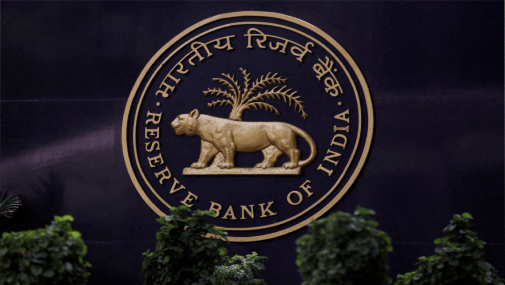“Golden Visa”- The trump card
May 11, 2017 | Expert Insights

Uncertainty regarding the H-IB visa has directed Indian citizens towards the EB-5 visa irrespective of the cost that it entails. EB-5 visa, on a minimum investment of $500,000 and generation of at least 10 jobs assures to its applicant the US green card within the next 5 years.
What does the Golden Visa entail?
The investor visa was created under the Immigration Act of 1990 with the objective of stimulating "the U.S. economy through job creation and capital investment by foreign investors,"
The investments have mostly been directed to real estate and other job generating sectors known as targeted employment areas (TEA). The foreign financing gives to the investor and immediate family members visa for two years. Two months prior the expiry of the visa, the investor is required to generate evidence regarding the feasibility and effectiveness of his investment.
The US Immigration Fund (USIF) has termed this visa as a desirable way to migrate while simultaneously benefiting the host country.
Annually, 10,000 EB-5 visas are authorized by America with 70% of the visas being claimed by China. Vietnam, South Korea, China (Taiwan born) and Brazil follow respectively. The surge in demand for EB-5 visas following the Trump administrations plans on tightening of H-1B visas, is only a matter of time.
Analysis
EB-5 has come under much criticism for catering to the wealthy tier of the society and “selling” American citizenship. If the investment is made in an economically depressed locality, it will amount to a minimum of $500,000, if not it would then amount to one million. However, the system of identifying and valuing these areas has been plagued by fraud scandals and instances of corruption.
Suspicions have been raised against Trump’s administration with respect to the promotion of the EB-5 visa by Jared Kushner’s sister in China. The mention of Jared Kushner, senior advisor to President Trump was seen as an unethical act to raise the required funds for the company’s new project in New Jersey.
Assessment
India currently occupies the sixth position in the list of countries claiming the visa. However, the uncertainty of the H1-B visa is likely to push it to second place following China. While the H-IB visa is to adversely impact the export of IT services from India, the H-IB visa might just increase India’s liabilities to the US. The capital outflow might be inevitable especially with investment companies targeting the Indian subcontinent of 1.3 billion people.
The programme which is to expire on 30th September 2017 might be renewed depending on the demand for the same. The possible increase in the minimum investment amount however will prevent students and middle class citizens from applying for the visa. The success of the programme for the US will depend on the level of transparency and the proper allocation of funds.








Comments